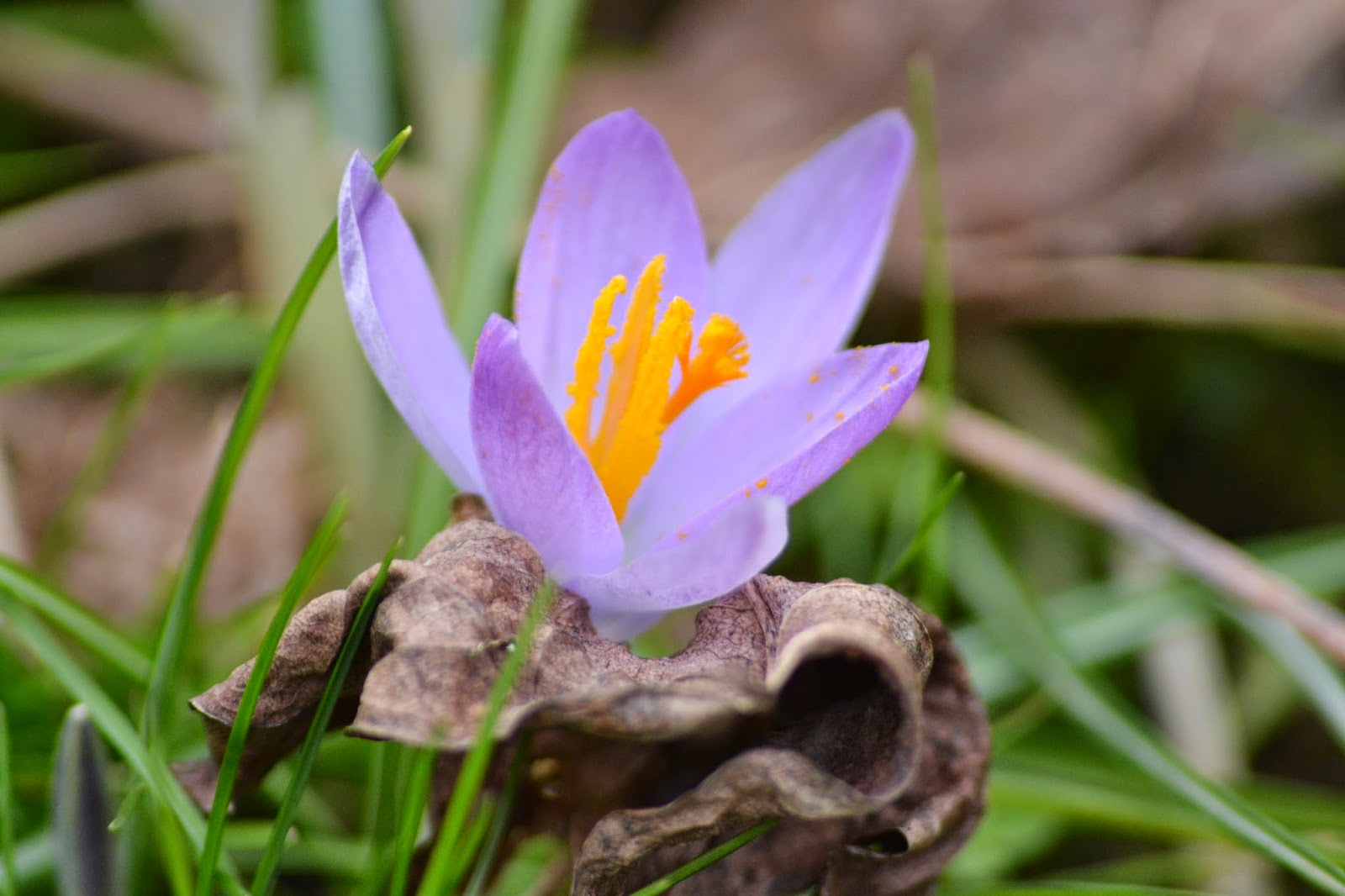Ceping and Sliding
Yesterday I visited the Cotswolds with my father and my sister Rebecca to go and look out a walk that I am going to be leading in September. The walk in question was from Broadway to Chipping Campden which is a lovely walk alongs the Oolitic Limestone escarpment running from Fish Hill which Broadway Tower sits atop of and Dovers Hill above Chipping Campden. Oolitic Limestone is the main stone in the Cotswolds and is the famous Cotswold Stone which lends it colour to towns such as Boradway, Chipping Campden and the world heritage city of Bath, Oolitic is derived from Greek and means 'egg stone' which can be clearly seen under a microscope lense where it looks like compacted fish eggs.
Broadway which is where the walk starts (although we walked from Chopping Campden and then back) is often called 'the jewel of the Cotswolds' and the 'Northern Gateway to the Cotswolds'. Henry James once said this of the town: "Broadway and much of the land about it are in short the perfection of the old English rural tradition". I think I could agree with most of the sentiments here as Broadway really is a stunning example of Cotswold architecture and Oolitic Limestone buildings and when the sun hits them just right they seem to glow!!
Broadway Tower is a folly which stands at the top of Fish Hill and marks the end of the only big climb on the walk, and what a climb it is but truely worth it for the view!!! Fish Hill is named for the fact that in the 18th century monks used to store fish there and there was a carriage inn on the site called the Fish Inn which has since then converted into a private dwelling which is still called the 'Fish Inn at Fish Hill'. Broadway Tower which is also known as 'The Beacon' and 'Fish Inn Tower' stands at 65ft high and was a much loved retreat for the founder of the Arts and Crafts Movement William Morris. The Towers itself was originally built by the sixth Earl of Coventry's family in the late 18th century and on a clear day you can see 14 counties! The weather was clear enough up there yesterday that you could see the Shropshire Hills and the Wrekin (Chimney Stack in Anglo Saxon) which stood above my shared university house last year!
 |
| This is a view of Broadway Tower from the Chipping Campden side of the hill. |
 | |||||||||||||||
| This is view from below Broadway Tower with the town of Broadway in the foreground. |
The walk along the escarpment to Chipping Campden is particularly lovely and travels through golden Barley and Wheat fields before eventually entering into the 2 mile ride (or more correctly the mile and a half ride).
 |
| This is at the Fish Hill Picnic Area which is a lovely spot for wildflowers especially orchids and earlier this year we found a quantity of Bee Orchids on the site. |
 |
| This is one of my favorite sections of the walk, this is a picture of the Barley fields looking back in the direction that we came from. |
 | ||
| These sheep were enjoying the shade given by the trees on Fish Hill. |
Our final destination of Chipping Campden is one of the loveliest and best preserved small towns in the Cotswolds. The name Chipping is derived from the old English 'ceping' which means market or marketplace and the town really lived up to this title as it was famous throughout Europe for its wool market and boasts the church of St James which is possibly the grandest of the Cotswolds wool churches. St James is famed as it has a pre-reformation altar tapestry and the largest brass work in England. The Campden part of the name came from a village already established by the 7th century which derived its name from 'Campadenu' or 'Campadene' which means a valley with fields or enclosures of cultivated land. The oldest building still standing in Chipping Campden was built in 1380 by William Grevel an influential wool merchant and financiar to King Richard II. The lane that we walked along down into the town is called Birdcage Walk, the reason why this street is named is that many people had pet birds in cages, especially Linnets, which they used to walk in a cage along the Birdcage Walk, the wealthier you were the more exotic your bird was.
Overall it was a fantastic walk and well worth a visit and I am very excited to be reprising the walk twice in September!



Comments
Post a Comment